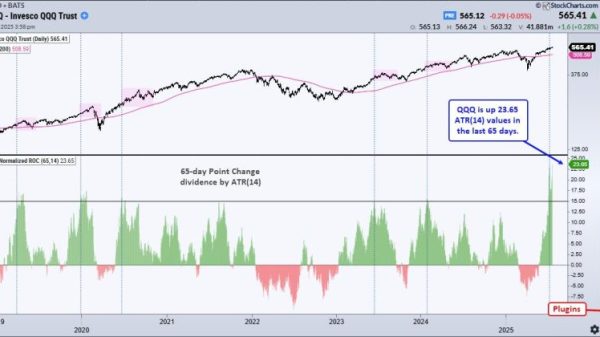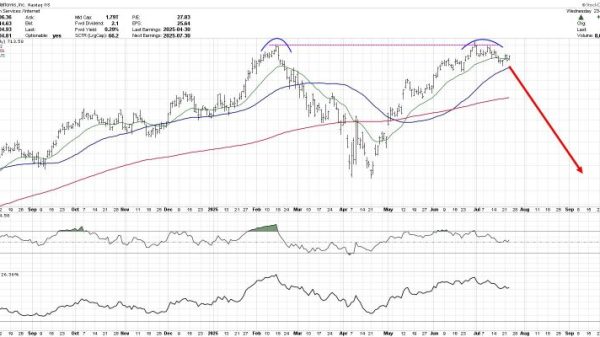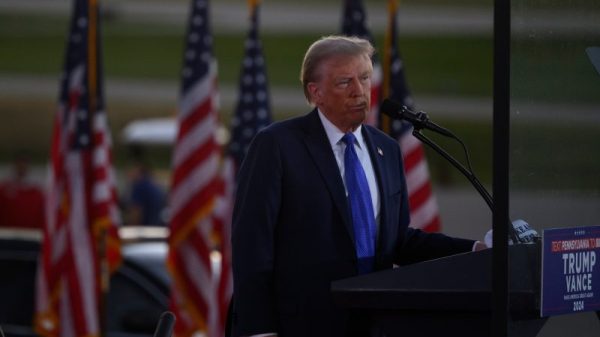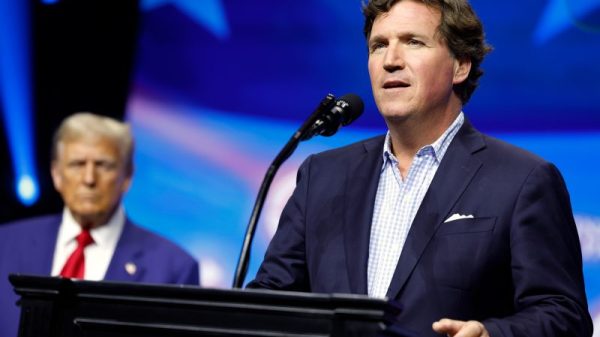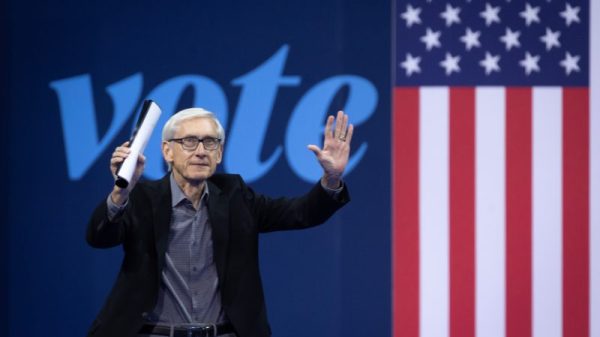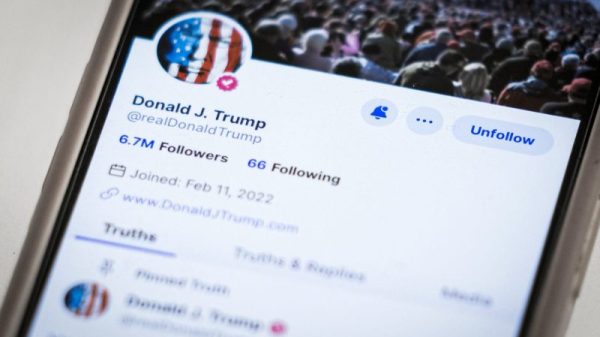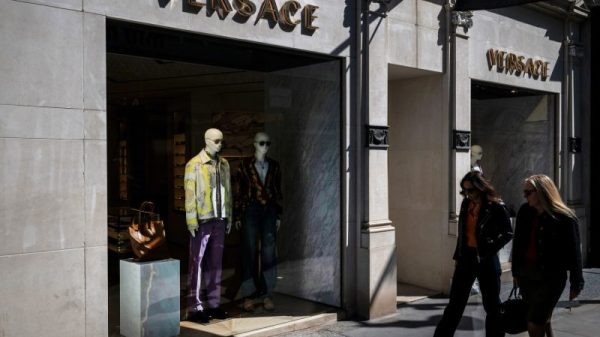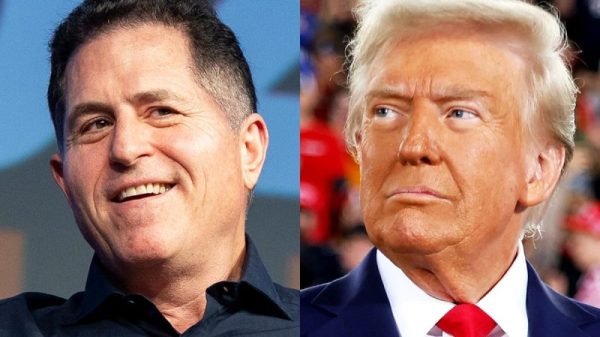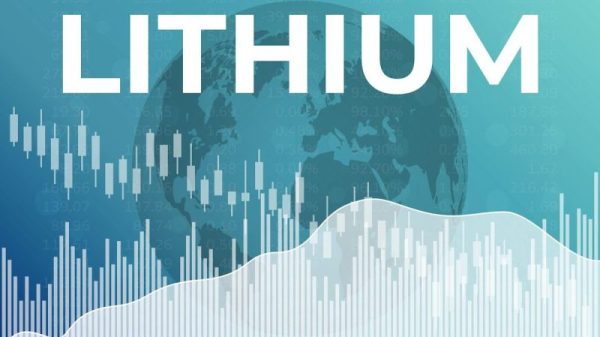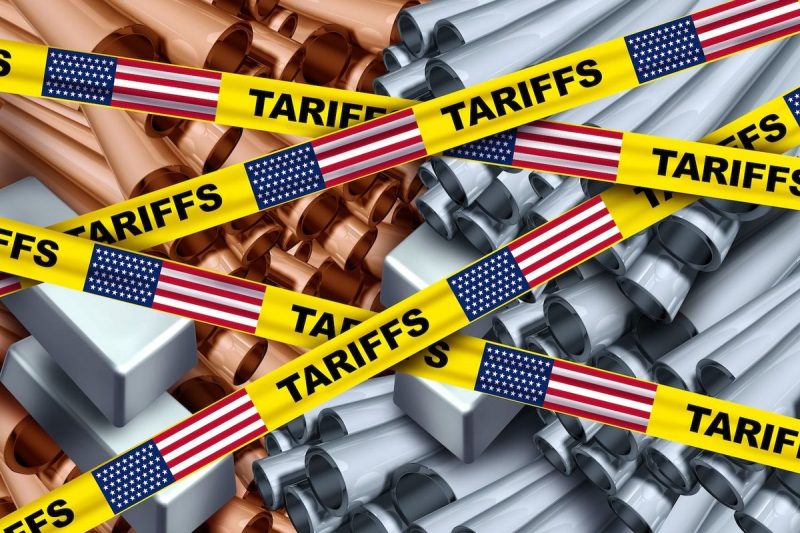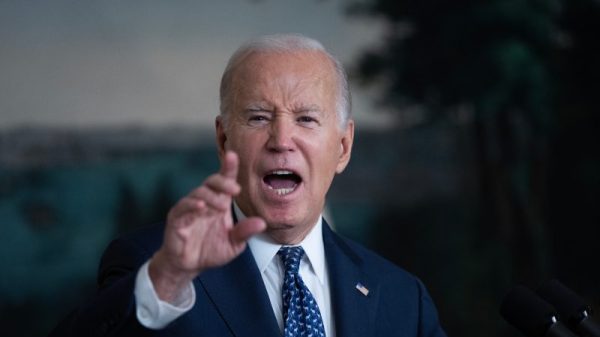President Donald Trump confirmed Tuesday (July 8) he would impose a 50 percent tariff on all copper imports, a dramatic escalation of his administration’s use of targeted trade restrictions under national security grounds.
“I believe the tariff on copper, we’re going to make 50 percent,” Trump said during a White House cabinet meeting.
Though he did not provide a timeline, Commerce Secretary Howard Lutnick said in a subsequent CNBC interview that the tariff could take effect by late July or as early as August 1, with details to be posted on Trump’s Truth Social account.
The announcement triggered immediate market reaction. According to Reuters, copper futures for September delivery surged 13 percent on the day, closing at US$5.6855 per pound—its biggest single-day jump since 1989.
Traders cited fears of a supply crunch and price volatility as buyers scrambled to secure US-bound shipments ahead of the tariff implementation.
The decision marks a culmination of a months-long process that began in February, when Trump signed an executive order instructing the Department of Commerce to investigate whether copper imports posed a national security threat under Section 232 of the Trade Expansion Act of 1962.
The rarely used statute gives the president broad authority to impose tariffs or quotas if imports are deemed harmful to national defense or essential industries.
The copper tariff follows a similar pattern established during Trump’s first term, when the White House used Section 232 to levy tariffs on steel and aluminum.
Since returning to office, Trump has expanded his use of the provision to include automobiles, pharmaceuticals, and critical minerals like rare earths.
Countries in the crosshairs
The brunt of the copper tariff is expected to fall on key US trade partners—most notably Chile, Canada, and Mexico, which collectively accounted for the majority of America’s US$17 billion in copper imports in 2024, according to US Census Bureau data.
Chile alone shipped US$6 billion worth of copper to the US last year.
Officials from Chile, Canada, and Peru, have pushed back against the measure, arguing their exports pose no threat to US national security and citing long-standing free trade agreements.
However, none have been granted exemptions as of Wednesday (July 9), and negotiations remain in limbo.
The looming copper tariff comes on the heels of broader trade actions taken by the Trump administration. On Monday (July 7), the White House imposed stiff tariffs on imports from 14 countries, including Japan, South Korea, Malaysia, South Africa, and Kazakhstan.
These levies—effective August 1—targeted a wide range of sectors, from steel and aluminum to automotive parts and textiles.
Despite its relatively small trade deficit in copper—the US exported US$11.3 billion and imported US$9.6 billion worth of the metal in 2024—the White House argues that the country remains dangerously reliant on foreign refining and processing capacity.
National security as justification
The legal foundation for the copper tariff lies in Section 232, which allows the president to act unilaterally on trade when national security is at stake. Experts say the provision gives Trump more durable legal ground than his recent attempts to use emergency powers to implement broad, country-specific tariffs—some of which are being challenged in federal court.
“Section 232 tariffs are central to President Trump’s tariff strategy,” said Mike Lowell, a trade attorney with ReedSmith, in an interview with CNBC. “They aren’t the target of the pending litigation, and they’re more likely to survive a legal challenge and continue into the next presidential administration.”
The administration’s increasing reliance on Section 232 tariffs reflects a shift toward industrial policy motivated by supply chain security, particularly for materials with dual-use applications in civilian and defense sectors.
Copper is a case in point. Used extensively in electrical wiring, motors, semiconductors, and military-grade communications equipment, the red metal has been classified as critical to US infrastructure and defense capabilities.
Analysts point out that demand for the red metal is set to surge in the coming years due to the ongoing energy transition and growing adoption of electric vehicles.
In April, Trump issued a separate executive order launching a Section 232 investigation into US reliance on imported critical minerals and processed rare earths, calling them “essential for national security and economic resilience.” The order cited specific applications in jet engines, missile guidance, radar systems, and advanced electronics.
As of Wednesday, no formal timeline had been posted on Trump’s Truth Social account, and details around carve-outs or exemptions remained unclear.
For now, however, Trump appears undeterred. The head of state has already threatened that pharmaceuticals may be next in line for potential action.
Securities Disclosure: I, Giann Liguid, hold no direct investment interest in any company mentioned in this article.

